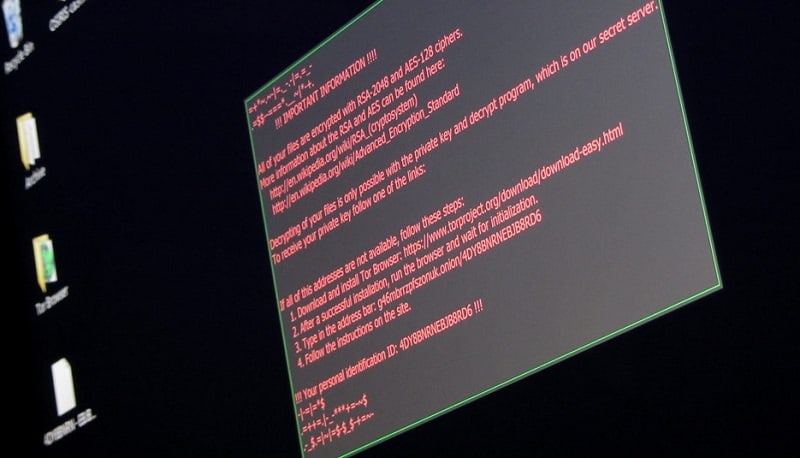Ransomware attacks are on the rise again. Our guide below covers the basics of ransomware, how business leaders should think about it, how to approach ransomware protection and bring about increased cyber resilience within your business.
What is ransomware?
Ransomware is a type of malware that stops you from being able to access your data.
Typically, ransomware will rapidly copy all data held on a machine or server and encrypt it. It will then delete the original data. Attackers will then demand a ransom to release the encrypted data copy. And there’s no guarantee if you pay that they will.
Ransomware attacks rarely impact just one device. Instead, they utilise network connections and email to spread. And once an attacker has access to systems, they’ll work to find the most important (and valuable) data.
As another dimension to attacks, once data is encrypted attackers may take their own copy. Depending on what data they have access to, the result can be anything from a major data security breach to financial fraud if data includes payment details.
This is why organisations should think seriously about their ransomware protection.
How should leaders approach ransomware protection?
Ransomware attacks are rising among businesses again. While its attacks on big organisations make the news (such as the recent attack on Kaseya ), the majority of attacks are being directed now at SMEs (and even education providers) as perceived easy targets.
These attacks can either be known security risks which make them easier to detect or alternatively, they could be Zero Day attacks. These attacks are new or unknown making it easier for them to sip mast antivirus software or email filters.
Given the rising prominence of attacks, the most important thing a business leader can do is to understand that an attack is ‘when’ and not ‘if’. This should closely assess how ransomware could enter their systems and look for ways to prevent this.
Ransomware attacks are extremely costly, in terms of lost time (IT systems can be down for days or weeks), lost data (you may not get your information back) and potentially lost customers (they may lose trust). So it’s important to invest in cybersecurity solutions.
How to defend your business against ransomware
- Back-up your data: Ensure that you have backup copies of your important files so you can reload them quickly after an attack. Critically, don’t back up to your own network – backup files are just as likely to get encrypted as anything else. Use a cloud backup service, so data sits away from your systems. And ideally, use an image-level backup – this type of backup is much faster to reload should your server be compromised.
- Use up-to-date security software: Check that all servers, computers and devices that access your systems are protected with cybersecurity software. Note that not all antivirus solutions protect specifically against ransomware, so ensure you invest in a solution that does.
- Training: Awareness is one of the best forms of ransomware protection. Offer training to your employees so that they know about common cyberattack and phishing tactics and how to spot them.
- Work securely: If working on the go, try not to use public Wi-Fi networks – most of them are not secure. If you have to, using a VPN connection can provide an extra layer of security.
- Get a Vulnerability Audit: Only 15% of UK small businesses have had an external security assessment. Yet doing so can help find the threats before cybercriminals do. If your IT budget is small, an audit can suggest the measures that will provide you with the best protection for your spending.
For more information on protecting your organisation from ransomware or improving wider IT security:
Find Out More




